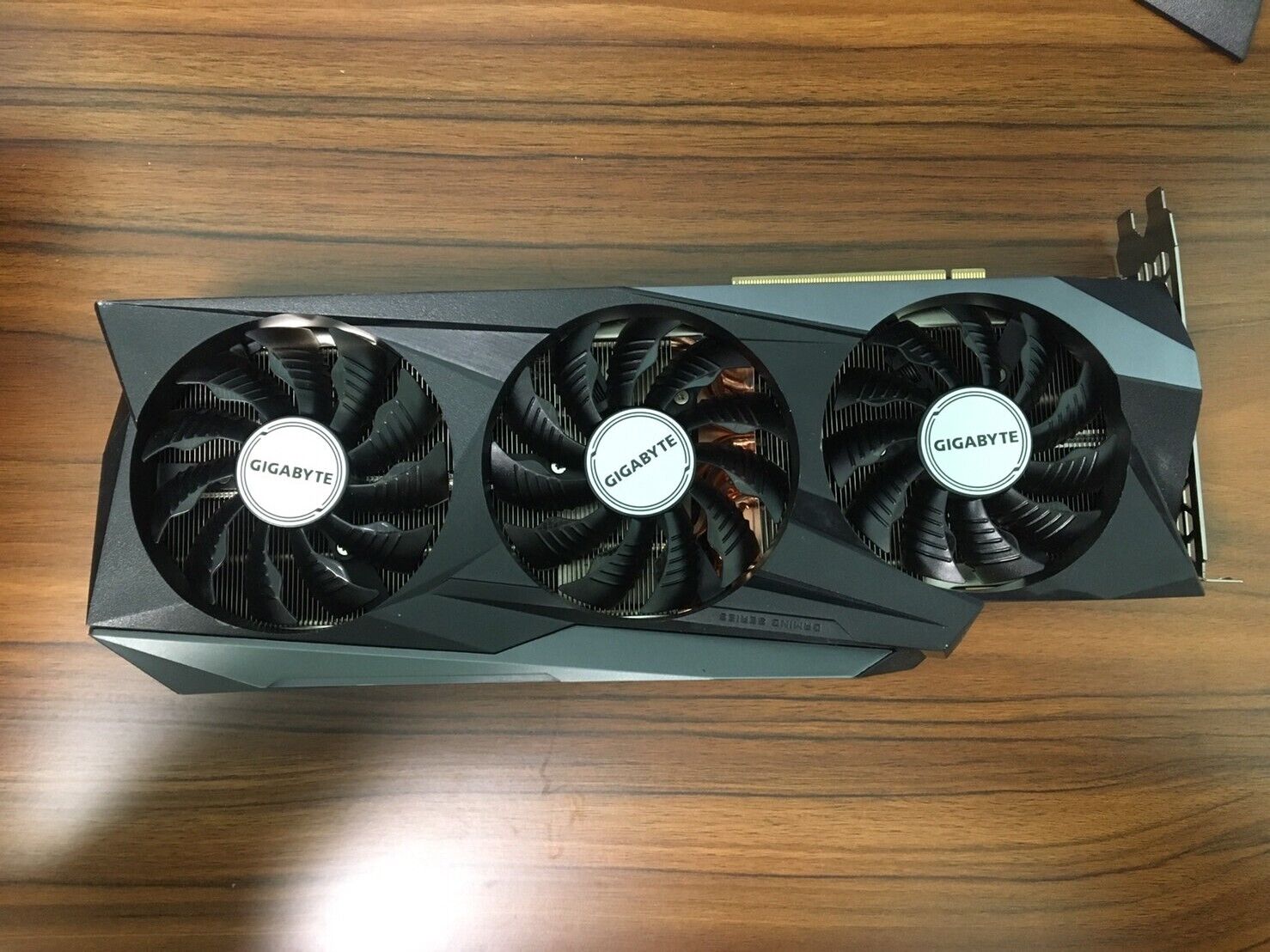
Repair technician and YouTuber Louis Rossmann have shared via a recent video a compilation of ongoing cases of a particular flaw with Gigabyte graphics cards. According to user feedback, some of Gigabyte's GeForce RTX 30-series (Ampere) and GeForce RTX 40-series (Ada Lovelace) products, which are among the best graphics cards, have presented cracking on the PCB.
One of Rossmann's viewers, who is a fellow technician, contacted him about the issue with the cracking PCBs. The person had reportedly worked on a dozen of the affected graphics cards. The repairer provided a bunch of vivid photographs illustrating the cracked PCBs. The cracking appears in an area on one end of the PCIe x16 connector, specifically near the PCIe locking tab that fits into the PCIe slot clip.
The problem is that the issue compromises the area where the critical signals pass through, rendering the graphics card unfunctional. The missing signals interrupt the voltage rails on the graphics card so some components aren’t receiving power. The severity of the cracking varies from case to case. The provided photographs showed some instances where a few traces are unusable and in other cases where a plethora of traces suffered damage.
According to Rossmann's source, most cracked Gigabyte graphics cards were sold inside pre-built machines. Nonetheless, there were instances where they cracked on their own. The person claims that Gigabyte has rejected RMA on the cracked graphics cards, highlighting that the damaged PCB was the reason for the refusal. The affected customers received the affected graphics cards with a PCB damage sticker and the dreaded red arrow sticker pointing to the crack. To aggravate the situation, Gigabyte purportedly charges the customers with return shipping while not providing them with a solution.
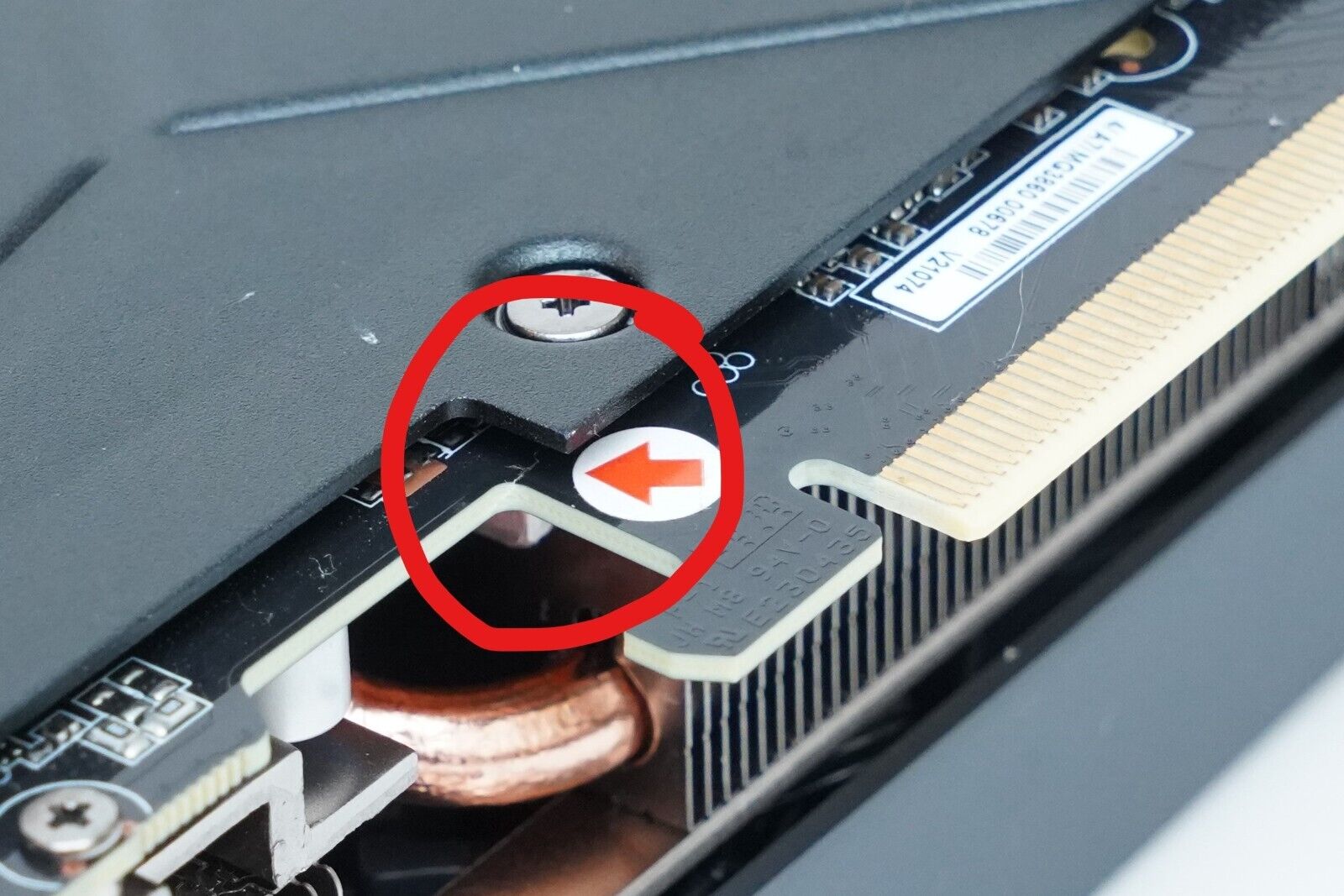
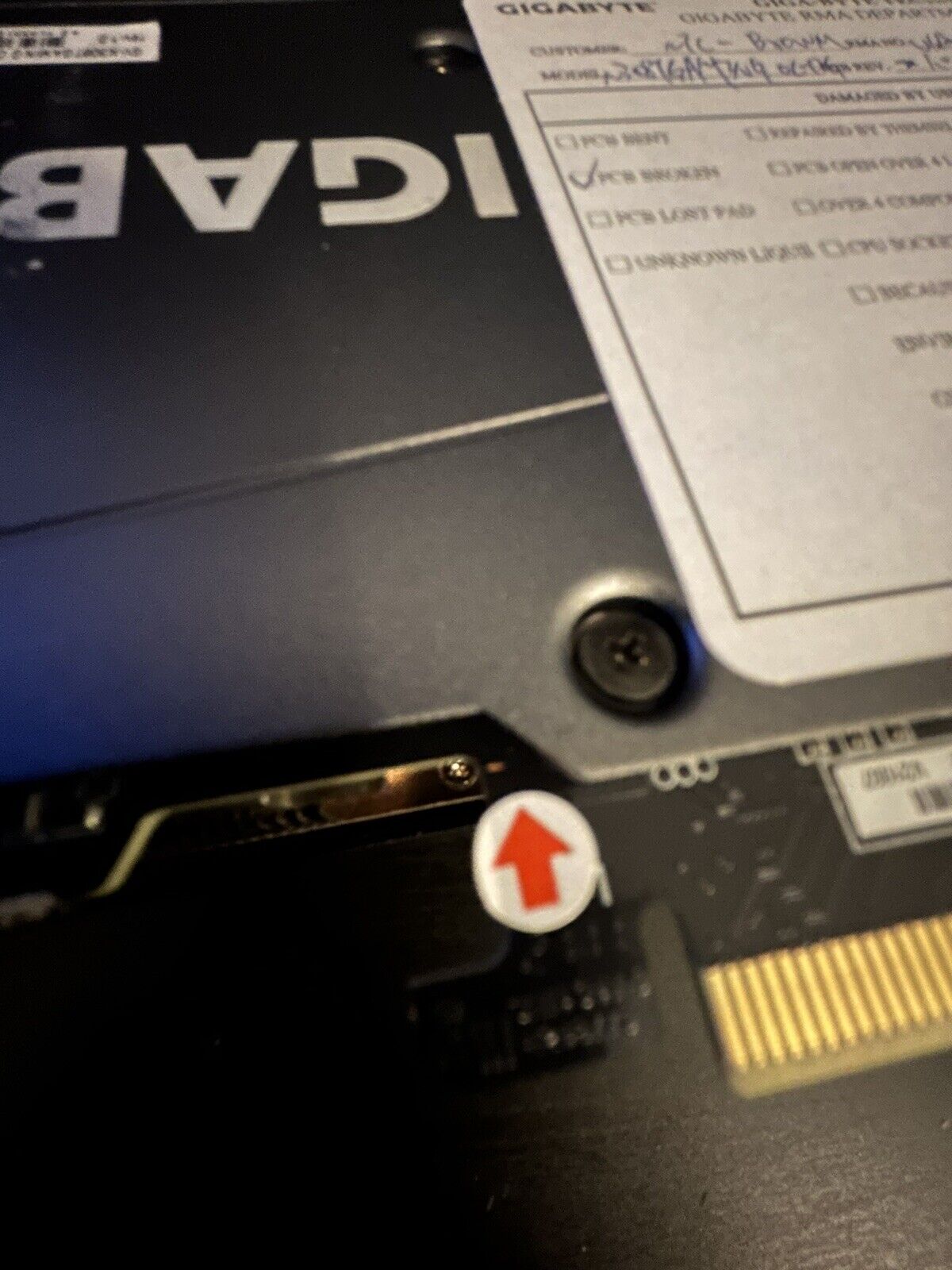
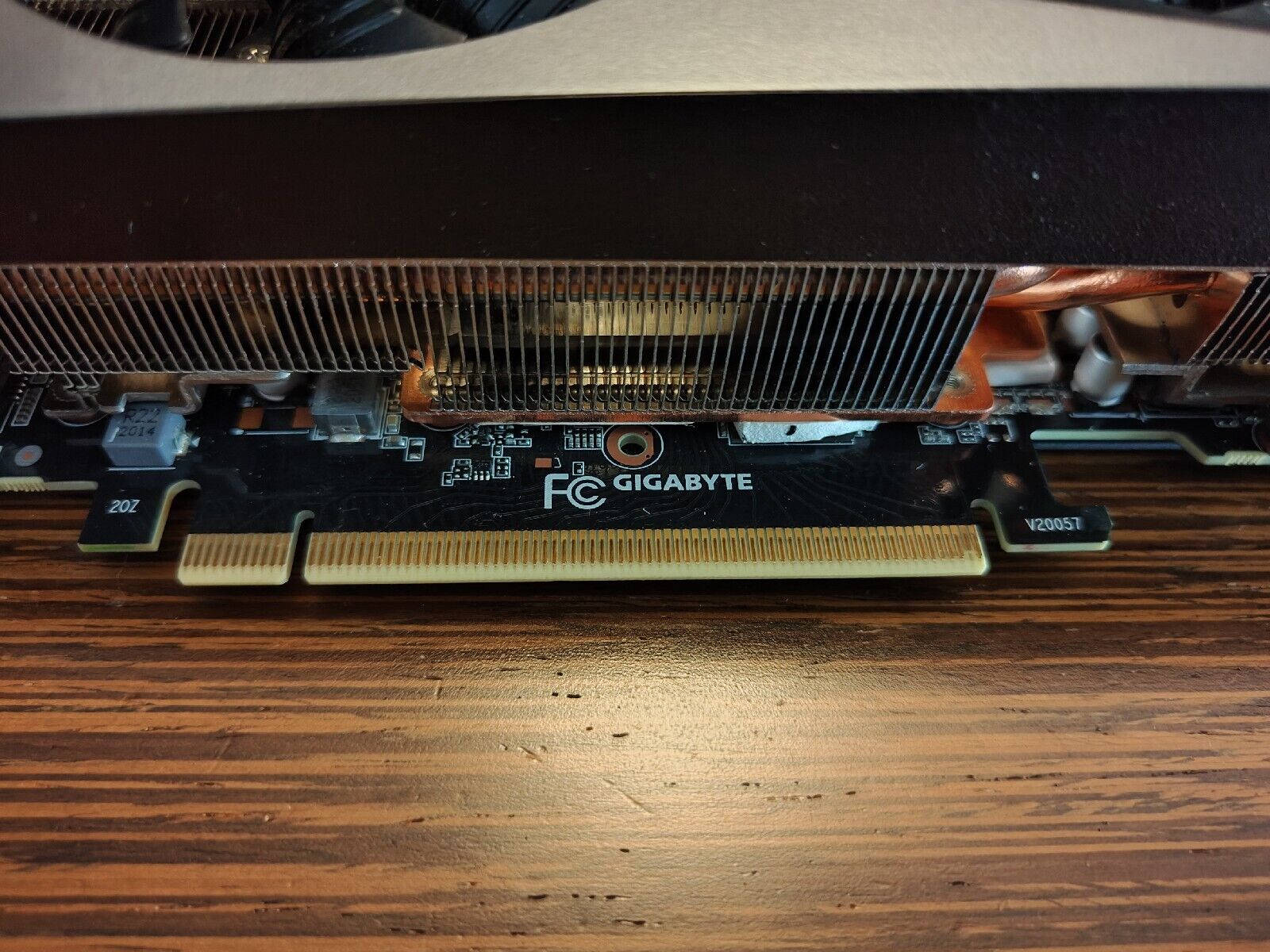
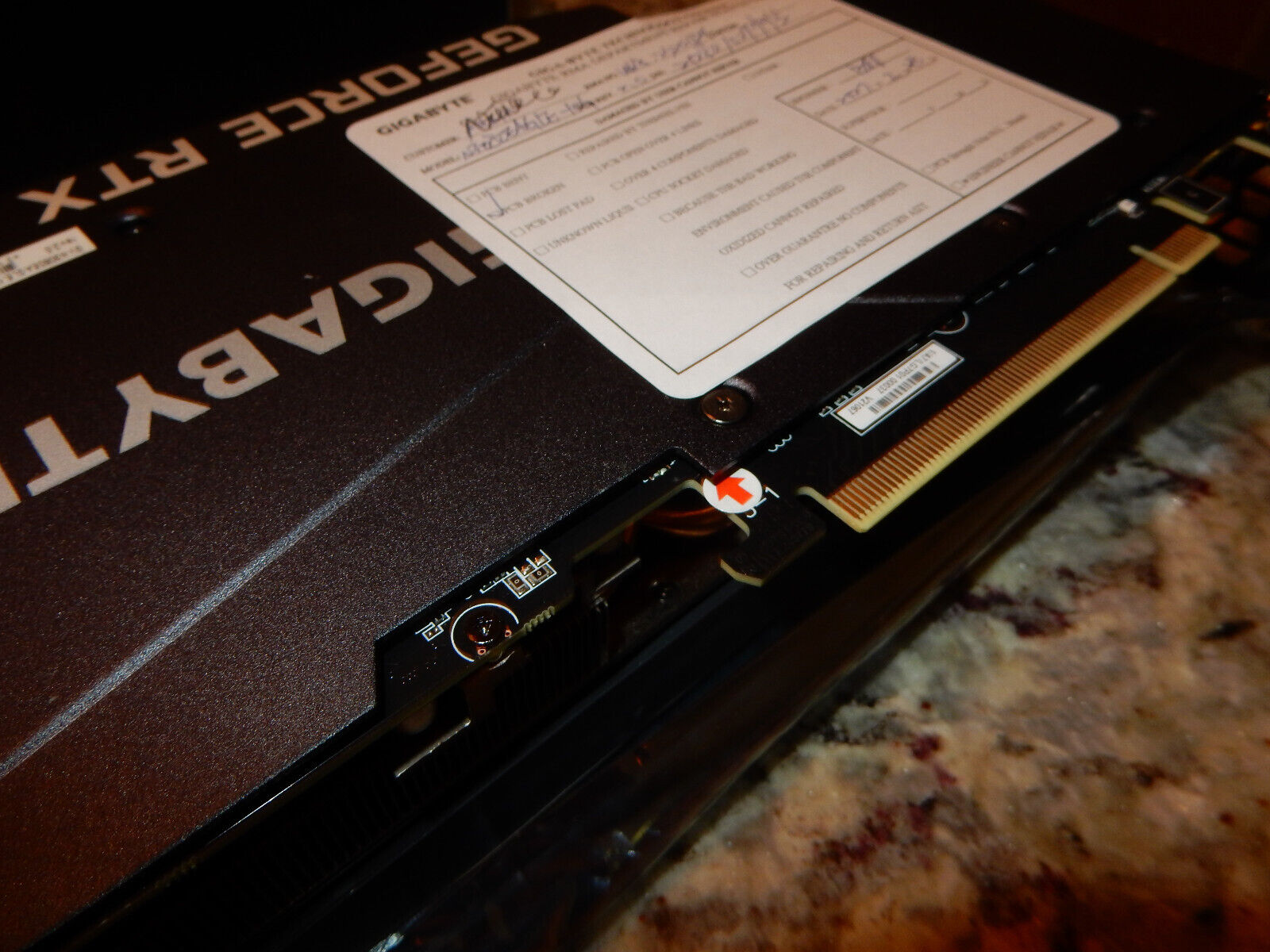

The damage point suggests that the graphics card's weight may be related to the cracking. Nvidia's GeForce graphics cards have gotten bulkier and heavier over the last two generations. For example, GeForce RTX 4090 is generally a triple-slot graphics card, but some custom offerings have pushed the limits up to 4.5 slots, which is insane. Many of the latest GeForce RTX 40-series graphics cards come with bundled anti-sag supports or brackets to mitigate the weight.
The damaged graphics card is salvageable if you have the necessary expertise and tools. However, the technician admits that the repair process is challenging and chances of success are slim. There’s a wiki that details the entire process. The author believes that Gigabyte may have placed too many traces through the Edge of the PCB where it’s cracking. To improve signal integrity, the vendor may have resorted to buffing the traces with ground planes. However, copper doesn’t have the same level of toughness as fiberglass. That could be the reason it cracks in that área as modern graphics cards are heavier, and the center of gravity is normally at the rear.
It's sad how many of the affected owners have started to offload their damaged Gigabyte graphics cards on eBay for cheap. Some are selling their GeForce RTX 3090 for $450 or GeForce RTX 3080 Ti for $425. Meanwhile, other owners are practically giving away their GeForce RTX 3080 graphics cards for $156 to recover some of the cost.







